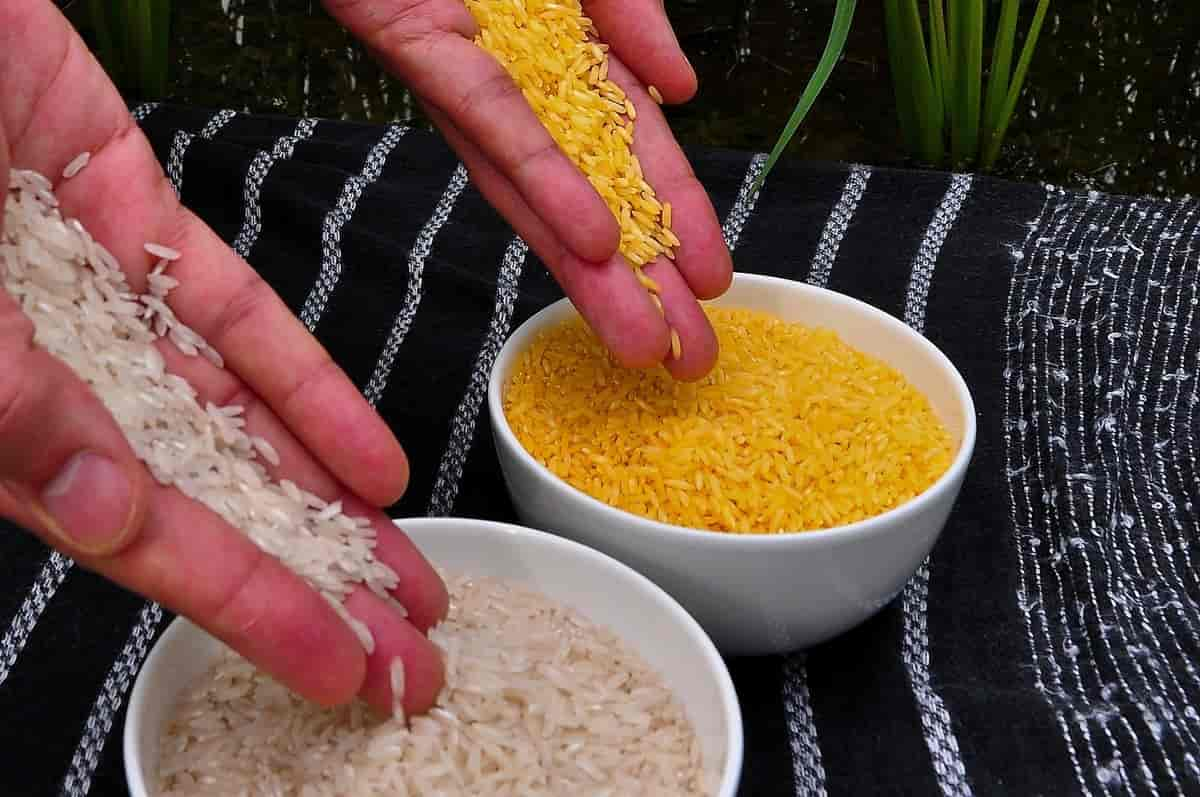This sort of rice was created as an effective crop for targeting Vitamin A deficiencies particularly in children living in developing regions where rice is a basic staple.
This deficiency is responsible for an estimated 670,000 deaths of children under the age of five and also for an additional 500,000 cases of irreversible childhood blindness.
A biosafety permit issued by Philippine government regulators paves the way for the rice to be grown by farmers across the country, its developers said, according to AFP.

“It’s a really significant step for our project because it means that we are past this regulatory phase and golden rice will be declared as safe as ordinary rice,” Russell Reinke of the Philippine-based International Rice Research Institute (IRRI) told the news agency.
IRRI has spent two decades working with the Philippine Department of Agriculture to develop golden rice which has become the first genetically modified rice approved for commercial propagation in South and Southeast Asia.
As a start, “limited quantities” of seed could now start to be distributed to Filipino farmers in selected provinces next year, Reinke said.
“The farmers will be able to grow them in exactly the same way as ordinary varieties… it doesn’t need additional fertilizer or changes in growth management and it carries with it the benefit of improved nutrition,” he added.

Nearly 17 percent of children under the age of five in the Philippines are deficient in Vitamin A, according to the IRRI.
Golden rice was developed by a Swiss-German scientists team in the 1990s, has been backed by US-based Rockefeller Foundation ever since, and pushed by controversial former US agricultural giant Monsanto, today part of German pharma and life science company Bayer.
According to Investvine














